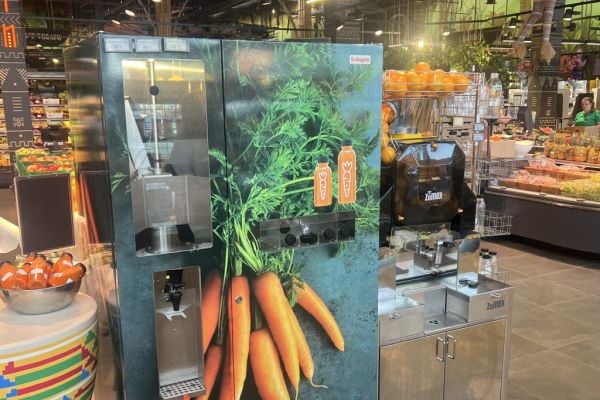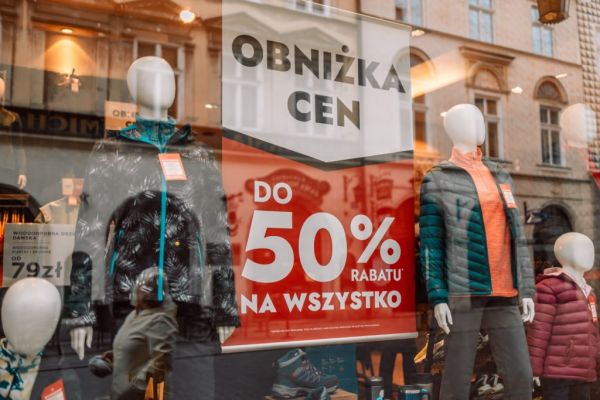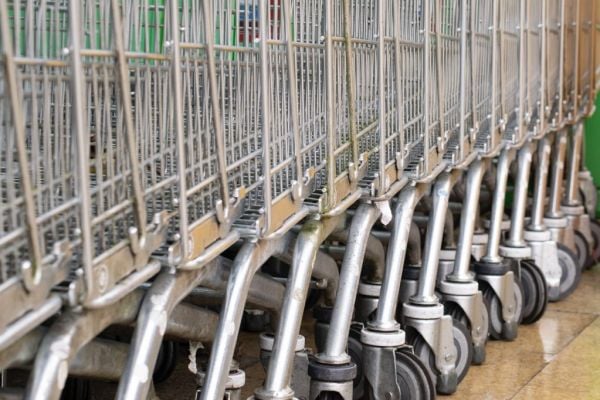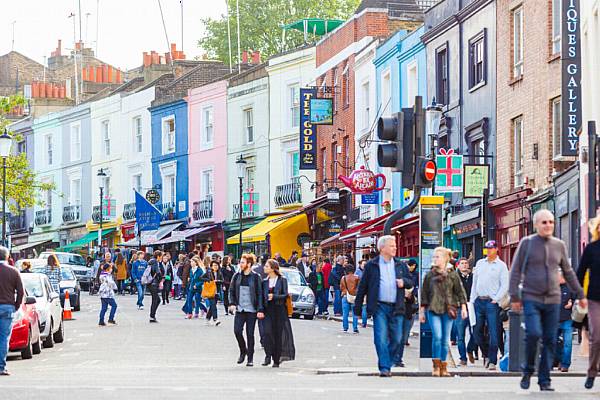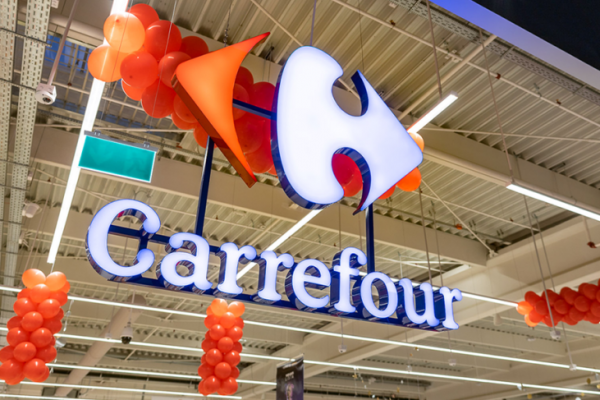With most of the pressing concerns related to COVID-19 slowly fading away, at least in Europe, now is the time to take stock of the changes from a retail perspective that were triggered by the pandemic. A recent report from Railsbank outlines the nature of the new retail environment in the aftermath of COVID.
According to the report, Retail's New Consumer Personas – Understanding Behaviours And Buying Habits Of Today's Global Consumer, which was launched at the recent World Retail Congress in Rome, four different types of shoppers exist post-pandemic, which are defined by more than just demographics, but rather interests and passions.
The first cohort is the 'Digital Arrivals', those who may not be novices at online shopping –given that most consumers engaged with retailers online pre-pandemic – but still prefer physical shopping.
The second group is 'Subscribers', in other words, consumers who have signed up to various subscription platforms. In the UK, some 52.1% of 25-34 year olds fall into this bracket, according to Royal Mail data, which was based on research with 2,000 shoppers. This compares with just 11.7% of 55-64 year olds and 7.6% of over-65s.
Next is a section that ‘straddles age groups’ according to Railsbank – 'Ethical Consumers'. These consumers are interested in products aligned with their environmental and social values.
Lastly, 'Thrill Seekers' consist of consumers looking for greater interaction in their shopping, through marketing or gamified elements. Technology plays an important role in their lives and they expect to be served in numerous channels, either online, in-store, or within the metaverse.
The Digital World
Catering to the various needs of these different shoppers will be crucial in the coming years as the switch to online retailing continues to gain pace, with figures showing that Internet sales as a total percentage of retail sales rose by 12% from November 2016 to November 2021, and now sits at 30.4%.
User experience is likely to come into focus as a result – a Retail Week survey of a thousand UK consumers last year showed a preference for sites that matched the criteria of 'slick interface', 'website updated often', 'good product pictures' and 'easy checkout'.
While it is still to gain a significant foothold, the metaverse is highly-tipped to play a role in the way consumers live and shop going forward, having received digital stamps of approval from the likes of Meta, Carrefour, and Alibaba.
The metaverse will be more appealing to some shoppers, such as Thrill Seekers, Railsbank suggests. As Mei Chen, Alibaba’s head of fashion and luxury for UK, Spain, and Northern Europe, recently commented, “The metaverse, for me, is about merging that online and offline experience. From the comfort of your own home or office, you can play, you can work, you can transact. It’s a new playing field, not only for customers but for brands [seeking] to interact with them more.”
Railsbank's report also explores the growing role of data and AI. While both are not new trends within retail, the recent ratcheting up in competition in the online space and within the wider retail market means they are now becoming the differentiator between winning and losing businesses,' the report says.
The use of predictive AI has taken retailers beyond analysing historical data to determine future trading patterns, and even beyond understanding real time data to be ready for tomorrow. Now, buying strategy can be based on projections of how consumers will shop.
Traditional Spaces
Despite consumers gravitating towards online spaces, brick-and-mortar stores are still relevant post-pandemic. Store openings have slowed in the last number of years, with research from PwC showing that the number of net new store openings declined 26% in 2021 compared to 2019.
However, physical stores are positioning themselves to appeal to all four types of new shoppers, under the right conditions. The store of the future, as Railsbank describes it, will be cashierless, with retailers rushing to get in on the act – Aldi, Tesco, Sainsbury’s, and Amazon have all recently opened cashierless stores.
Even furniture supplier Ikea recently opened a cashierless outlet at a location in London, which is also noticeable for its diminished size, carrying only basic items that customers can take home. Other innovations include increased digitalisation within stores, such as Walmart's 'interactive store' format, which it is testing at its Store 4108 incubator location in Springdale, Arkansas.
According to Railsbank, the coming years will also see more of an emphasis on showcasing products to 'touch, feel and try', which shoppers might choose to purchase online at a later time – again, showing how retailers can appeal to the new Digital Arrivals cohort.
The full Railsbank report can be found here.
© 2022 European Supermarket Magazine – your source for the latest retail news. Article by Conor Farrelly. Click subscribe to sign up to ESM: European Supermarket Magazine.

